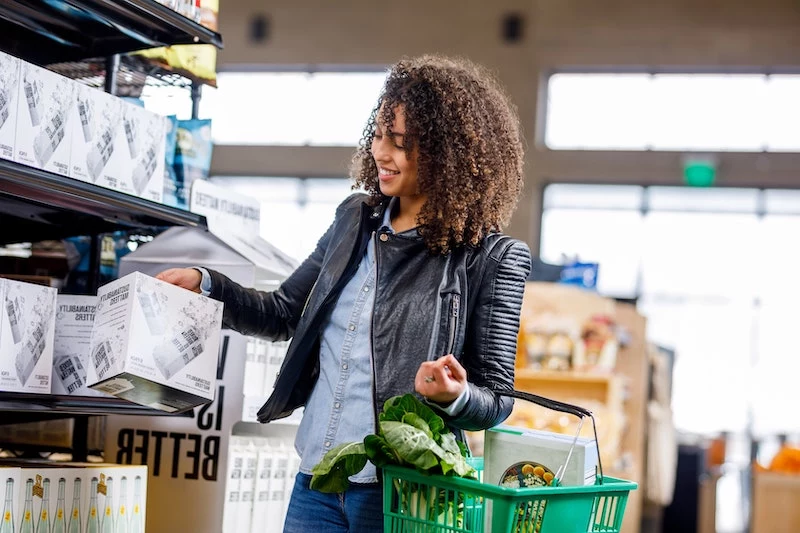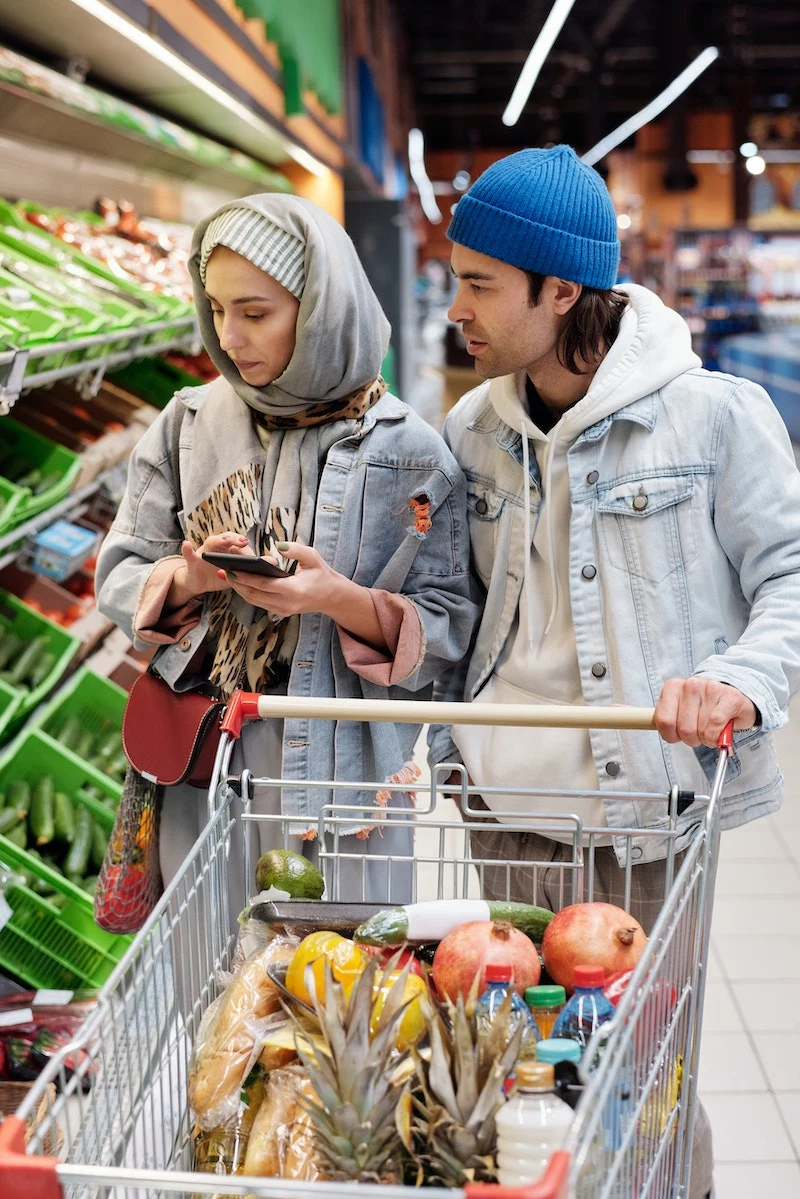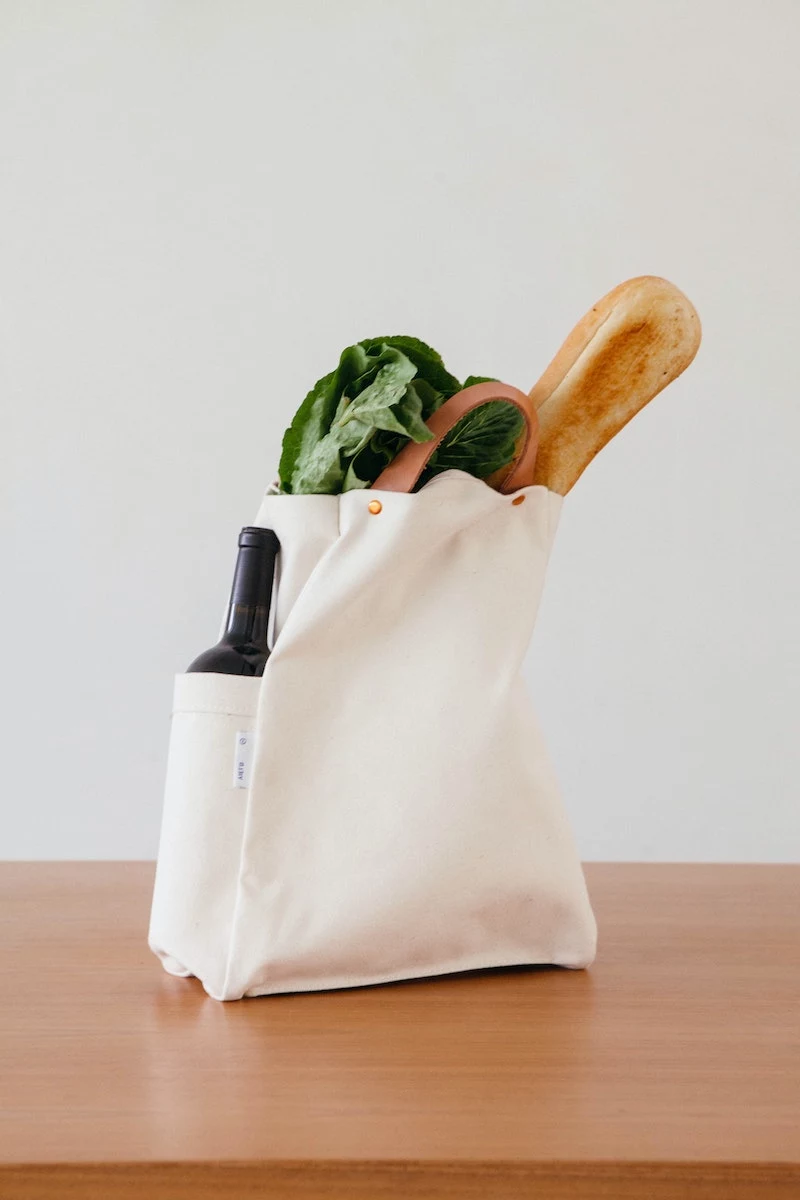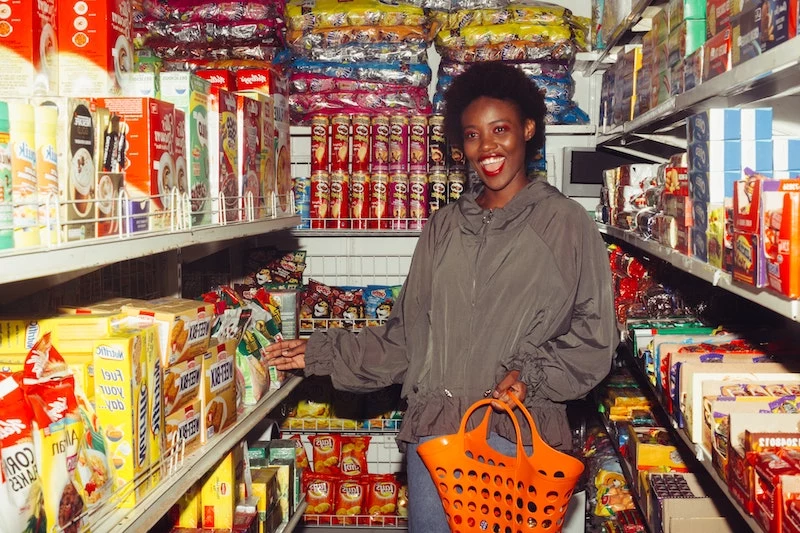Stop Hating Grocery Shopping: A Pro’s System That Actually Works
I’ve spent a good chunk of my life in professional kitchens, and let me tell you, the number one rule isn’t about fancy knife skills—it’s about not wasting a single thing. Every onion, every dollar, every minute counts. The secret to a calm, efficient kitchen? It all starts with how you shop for groceries.
In this article
Let’s be honest, most of us see grocery shopping as a total chore. But I see it as the foundation for feeding yourself and your family well. A chaotic trip to the store guarantees a stressful week of meals. But a smart, systematic approach? That can save a family of four around $200 a month and cut your shopping time in half. Seriously.
Over the years, I’ve taught this same system to everyone from nervous apprentices to busy parents. It’s not about extreme couponing or driving all over town. It’s about a simple plan that turns a dreaded task into a weirdly satisfying one.

First, Know Thy Enemy: The Supermarket
Before you even walk through those automatic doors, you need to understand one thing: the grocery store is designed to make you spend more money. It’s not malicious; it’s just business. But knowing their playbook is your best defense.
Stores are intentionally overwhelming. The bright lights, the music, the sheer number of choices—it’s all designed to wear you down. This is a real thing called ‘decision fatigue.’ After you make a bunch of small choices, your brain gets tired and you start making impulsive ones. And where do they put the candy, soda, and magazines? Right at the checkout, when your willpower is at its lowest. Classic.
The layout is also a clever trap. The essentials like milk, eggs, and bread are almost always in the far back corner, forcing you to walk past thousands of other items. And here’s a tip that saves me real money every single time: the most expensive, name-brand stuff is placed right at eye level. Look at the top and bottom shelves. That’s usually where you’ll find the store brands or bulk deals that are 15-30% cheaper.

Oh, and that amazing smell of rotisserie chicken or fresh-baked bread hitting you at the entrance? Totally on purpose. It makes you feel hungry, and a hungry shopper is an impulsive shopper. My golden rule is to NEVER shop on an empty stomach. A quick apple or a handful of nuts before I leave the house keeps my brain focused on my list, not on that three-pound bag of cheese puffs.
The Real Work Happens Before You Leave the House
The most important part of grocery shopping happens in your own kitchen. A solid five minutes of prep here can save you 30 minutes and a good $20-$50 at the store.
Step 1: The ‘What Do We Actually Have?’ Check
There is nothing more annoying than buying a jar of paprika only to find you already have three. Before you even think about a list, do a quick scan of your fridge, freezer, and pantry. This is where you apply the golden rule of kitchen management: FIFO, or ‘First-In, First-Out.’

When you unpack your groceries, move the older stuff to the front and put the new stuff in the back. It’s that simple. This single habit drastically cuts down on waste. A quick tip I use at home is a small bin in the fridge labeled “EAT ME FIRST.” Any yogurt, leftover, or produce that’s on its last legs goes in there. It’s a visual reminder that has saved me from countless science experiments hiding in the cheese drawer.
Step 2: The (Not-So-Scary) Meal Plan
Your shopping list shouldn’t be a random collection of items; it should come directly from a meal plan. And no, you don’t need a crazy, color-coded spreadsheet. Just a simple outline is enough.
A huge mistake people make is planning seven brand-new, complicated meals for the week. You’ll burn out by Tuesday. Start small!
For beginners, try this super-simple 3-Day Plan:
- Pick one main protein you like. Let’s say, ground beef.
- Plan two meals with it. Monday: Tacos. Tuesday: Use the leftover seasoned meat for a quick pasta sauce.
- Add one ‘pantry meal’. Wednesday: Black bean soup using canned beans, broth, and spices you already have.
Boom. You’ve just planned three days. This approach makes you use ingredients across multiple meals, so you stop buying that one weird herb for a single recipe.

Step 3: Build Your Master List the Smart Way
Now, turn your meal plan and your inventory check into a shopping list. The absolute game-changer is organizing your list by the store’s layout. It stops you from doing that frantic zig-zag across the aisles. Most stores follow a similar pattern, so a good template looks something like this (feel free to copy and paste this into your phone’s notes!):
My Shopping List Template
- Produce: (Fruits, Veggies, Herbs)
- Pantry/Aisles: (Cans, Grains, Pasta, Snacks, Spices, Coffee)
- Meat/Seafood:
- Deli:
- Dairy & Eggs:
- Frozen Foods:
- Household: (Paper Towels, Soap, etc.)
I use an app on my phone because I can easily reorder items and share the list with my partner, but a piece of paper works just as well. Some people swear by apps like AnyList or Paprika that can even pull ingredients from recipes for you.
Alright, you’ve eaten a snack, you have your list—it’s go-time. Your only job now is to execute the plan. Stick. To. The. List. The store will throw tempting end-cap displays and ‘special’ sales at you. If it’s not on the list, you probably don’t need it.

My path through the store isn’t just for speed; it’s for food safety. This comes straight from my food handler training.
- Shelf-stable items and sturdy produce first. Canned goods, pasta, rice, potatoes, onions—toss ’em in.
- Refrigerated section next. This is your deli counter, meat, dairy, and eggs.
- Frozen foods are ALWAYS last. Grab these right before you head to the checkout.
Why? You want to keep perishable foods out of the ‘Temperature Danger Zone’ (roughly 40°F to 140°F) for as little time as possible. Grabbing frozen peas last means they have less time to thaw on the trip home.
Quick Tips for Picking the Good Stuff:
- Leafy Greens: Look for vibrant colors. Avoid anything wilted or yellowing. If it’s a head of lettuce, check the cut stem—if it’s brown and dry, it’s old.
- Avocados: Don’t squeeze the whole thing, you’ll bruise it for the next person! Gently press the little spot near the stem. A little give means it’s ready. Hard as a rock? Needs a few days. Mushy? It’s already too late.
- Meat and Poultry: It should look fresh and have a firm texture. Beef should be a nice cherry-red, and poultry a pinkish-white. Avoid anything greyish, and always check the package for leaks.

A Quick Word on Dates
Those dates on packages are mostly about peak quality, not safety. ‘Sell-By’ is for the store. ‘Best-By’ means it’ll taste best before that date, but your crackers will still be safe to eat if they’re a little less crispy. ‘Use-By’ is the one to pay more attention to for perishables. But always, always trust your senses. If it smells off, it’s off.
A Few Pro-Level Secrets
Once you’ve got the basics down, you can add a few more tricks to your routine.
The Best Time to Shop: If you can swing it, Tuesday or Wednesday mornings are the golden hours. The stores have just been restocked after the weekend rush, it’s less crowded, and the staff isn’t as frazzled. The worst time? Saturday afternoon. It’s a battlefield.
Shopping with Kids: Ah, the ultimate challenge. If you have to bring them, make them part of the mission. Give an older kid a section of the list to be in charge of (‘You’re the Cereal Captain!’). For younger kids, a special ‘shopping snack’ you only get at the store can work wonders. The goal is to keep them engaged so they aren’t grabbing things off the shelves.
The Truth About Bulk Buying: Buying in bulk can save you a ton, but only if you use it. For example, a standard 18oz container of rolled oats might be $5, but you could get the same amount from the bulk bin for closer to $2.50. That’s a great deal! But buying a 25-pound bag of whole wheat flour that goes bad before you use it isn’t a deal at all. Be realistic. Nuts, seeds, and whole-grain flours have oils that can go rancid, so store them in the freezer to make them last longer.
Allergies & Special Diets: If you’re shopping for someone with a serious allergy, you have to be vigilant. Read the entire ingredient label every single time you buy something. Companies change their formulas without notice. Heads up! This is just food-handling advice, not medical advice. If you’re dealing with a severe allergy, you should always work with a healthcare professional.
The Final Lap: Checkout and the Trip Home
You’re almost done! How you bag and unpack is the last piece of the puzzle.
At checkout, group your items logically. Cold things with cold things. Heavy cans on the bottom. Delicate items like bread and eggs on top. And PLEASE, never put raw meat in the same bag as your fresh produce. I always have them bag meat separately. On hot days, or if you have a long drive, an insulated cooler bag (you can get one for about $10-$20 at most grocery stores) is a fantastic investment to keep your cold food safe.
When you get home, put away the frozen and refrigerated items first, using that FIFO system we talked about. New stuff in the back, old stuff to the front.
And that’s it. It might seem like a lot at first, but once you do it a few times, it becomes second nature. You’ll have more money in your pocket, less stress in your kitchen, and a whole lot less wasted food. It’s a skill that pays you back every single week.
Inspirational Gallery
Digital List vs. Paper List: A digital app like AnyList or OurGroceries allows you to create a shared list with a partner, automatically sorting items by supermarket aisle to save you from backtracking. You can even add items by speaking to your smart assistant.
Classic Paper: A simple handwritten list on a notepad can feel more concrete and satisfying to cross off. There are no notifications or battery life to worry about.
The best system is the one you’ll actually use, but a digital list often proves more efficient for busy households.
An estimated 30-40% of the food supply in the United States is wasted, and much of that waste happens at the consumer level.
That’s like buying five bags of groceries and dropping two in the parking lot on your way out. The system described in this article—planning meals and buying only what you need—is the single most effective way to combat this, protecting both your wallet and the environment.
The most overlooked money-saving step?
It happens before you even think about a list. Take five minutes to
- You save an average of 15-30% on your bill.
- You discover high-quality products that often beat name brands in blind taste tests.
The secret? Commit to trying store brands. You don’t have to switch everything at once. Start with staples like flour, sugar, canned goods, and dairy. You’ll be surprised how often store brands like Costco’s Kirkland Signature, Target’s Good & Gather, or Aldi’s Specially Selected are just as good, if not better.
The convenience of pre-cut fruits and vegetables comes at a steep price, both in cost and quality. That container of chopped butternut squash can be double the price of a whole one and loses its freshness and nutrients much faster. Investing 10 minutes in prep work at home after your shopping trip will save you a surprising amount of money over the year and result in much more flavorful meals.
In many Mediterranean cultures, shopping isn’t a weekly chore but a daily ritual. The focus is on buying just enough fresh produce, fish, or bread for that day’s meals.
Embrace the imperfect. Services like Misfits Market or Imperfect Foods are changing how we think about produce by rescuing
The Zero-Waste Shopping Kit: Beyond reusable bags, a few small additions can drastically cut down your shopping footprint. Keep a set of lightweight mesh produce bags for loose items like green beans and apples. For the deli or butcher counter, ask if they’ll use your clean, reusable container. Small changes, big impact.
Important point: Don’t mistake the bulk aisle for an automatic bargain. While buying items like rice, oats, or nuts in bulk can be cheaper, it’s easy to overbuy. Only purchase what you can realistically use before it goes stale. The real advantage of bulk bins is portion control—you can buy exactly the two tablespoons of a specific spice you need for a new recipe without committing to a whole jar.
- A foundation for dozens of quick meals.
- Long shelf life, so no pressure to use them immediately.
- Budget-friendly and consistently available.
The trick is a powerhouse pantry. Always have these on hand: canned whole tomatoes, onions, garlic, quality olive oil, dried pasta, rice, canned beans (chickpeas, black beans), and a versatile vinegar.










